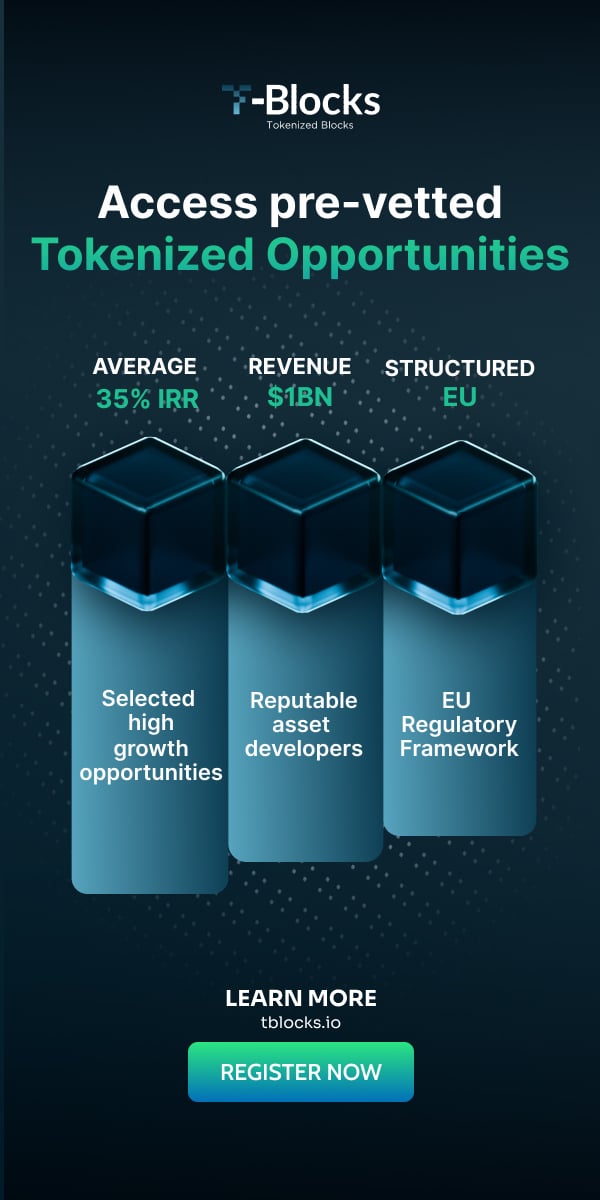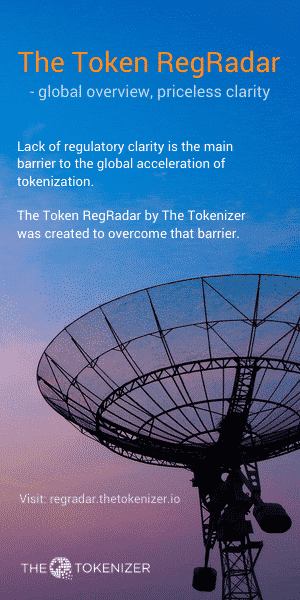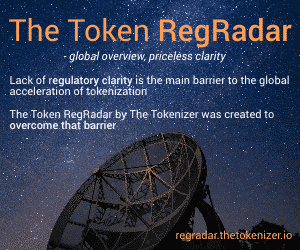Mass NFT Adoption Threatens to Upend Facebook and Google Businesses
The market for NFTs could be as much as seven times bigger than initially anticipated, thanks to wholesale replacement of end user-generated content, copyright-free images and advertising rights abandonment that have been fueling the growth of social media and online advertising for much of the 21 century.
As noted in this column before, Wall Street insiders like Rosenblatt Securities put NFT market value at $2 trillion by 2026, part of the $10 trillion wave of asset digitization that Wall Street is preparing to finance. This forecast, however, is not taking into account the ultimate disruption that NFTs are bringing to behemoths like Facebook, Instagram, Google and Twitter. As NFTs become easier to mint and trade, they can be used by the general public to force revenue share on end user-generated content and data on these companies, according to research by Alpha Sigma Capital, an open-ended blockchain hedge fund.
If NFTs are indeed the trojan horse that could implode Google, Twitter and Facebook business models, then the re-distribution of record profits that these companies make to the very people whose pictures, texts and browser data are being sold would result in the NFT market hitting $15 trillion within five years and being on par with gold, the research suggests.
“You literally own the rights to all of your art, and you can make all of it private property,” said Enzo Villani, CEO, Managing Partner and Chief Investment Officer of Alpha Sigma Capital. “The core value of tech giants is their ownership of decentralized, file coin-type systems, whether it’s a storage system like iCloud, or a library of images like Instagram, or rich content like YouTube.”
With NFTs, individuals get the opportunity to claim the ownership of their photos, music, documents, texts, files, metadata, search histories – in other words – everything that is being resold today by the likes of Facebook and Google. With each person generating millions of NFTs per day, social media networks and search companies would have to pay royalties when this data is used, just like they do when they use copyrighted content like music or film. Notably, controls towards when and how this data is used will reside with the individual owning the NFT – no more chasing anonymous corporate back offices asking them to take down a post of a photograph. With NFTs, individuals would get the same treatment as large owners of content like Disney or Viacom.
“NFTs are the ultimate payment system that could be used to generate income from your entire life,” said Villani.
Not that tech giants are not paying attention. Efforts are afoot to understand and control the phenomenon.
In an August interview, David Marcus, Facebook’s head of Facebook Financial (F2), which oversees the Novi project (formerly known as Libra, an ill-fated stablecoin shut down by regulators), stated to Bloomberg that Novi wallet would support NFTs. Novi wallet is Facebook’s cryptocurrency wallet.
“When you have a good crypto wallet like Novi will be, you also have to think about how to help consumers support NFTs. We’re definitely thinking about this,” Marcus stated to Bloomberg.
It’s worth noting that when he was still at PayPal, it was Marcus who oversaw the $800 million acquisition of Braintree (Venmo’s parent company). Thus F2’s interest in the NFT market could be equal part innovation and keeping competition in check, Facebook’s trademark approach to contain competitors like Snapchat.
Marcus did not respond to The Tokenizer’s interview request.
Similar dynamic is afoot at Google, which is busy branching out into getting involved in a number of NFT marketplace initiatives, in a true and tried strategy of controlling the infrastructure facilitating the commerce. The company recently announced two deals via its Google Cloud division, one with Origin Protocol, the creator of NFT marketplaces, and the other with Dapper Labs, a blockchain developer for the NFT community. Most NFTs are created on Ethereum at the moment.
“We want to give the creators the opportunity to sell NFTs on their own Web sites under their own brand,” Josh Fraser, Origin Protocol co-founder, told the audience of NTF and DeFi Summit by Willow in June.
The Tokenizer would expect that Google supports this desire, especially if the blockchain for the NFTs, the Web sites, the wallet and marketplace are all hosted by Google. We would have to wait and see if that assumption is true though since, Fraser, whom we managed to catch up with, doesn’t comment on business matters. He did support the general idea that NFT market valuation could be much greater than previously anticipated, while noting that such lofty expectations are some ways away.
“According to theory, anybody can tokenize their work to sell as an NFT but interest has been fueled by recent headlines of multi-million-dollar sales,” Fraser wrote in a messaging exchange with The Tokenizer.
“I personally believe that developers can also increase/influence NFT value and attract new users. Valuation is driven solely by scarcity of supply and speculation. Speculations therefore can be guided by including price performance charts of NFT items or by highlighting NFTs that appreciate in value from time to time.”
Fraser illustrated his point by noting that in the year 2011 a meme of flying pop-tart cat sold for more than $500,000, the phenomenon that was followed by Canadian singer Grimes, then Elon Musk’s partner, selling some of her digital art for more than $6 million.
“It’s not just art that is tokenized and sold. If I could recall, Twitter’s founder Jack Dorsey has promoted an NFT of the first-ever tweet, with bids hitting $2.5 million,” commented Fraser.
Industry watchers believe the NFT-powered shift is already afoot, and the question is not “if” but “when.”
“A lot of power that comes from the blockchain is giving the power to the user,” said Paula Pettit, Chief Commercial Officer of Linum Labs. “Data is the new loyalty currency of the world, and end-users can own it through NFTs.”
The movement has spawned the next generation of startups with business models assuming NFTs hit mass adoption. Villani is the chairman of the board of AirWire, the NFT camera app company, and Pettit’s Linum is involved with Swarm’s Fair Drive, a decentralized and blockchain-based version of Google drive.
But at the moment, NFTs are still niche, put to work for niche-specific uses that go beyond art and music, getting more professionals involved and familiarized with the concept. Pettit expects immediate growth to come from easy-to-understand NFT applications, like storing education credentials, so they can be easily checked, or putting health records on blockchain so that would-be patients have them available at all times.
“The simplest uses of NFTs are the ones to go first,” said Pettit. “For bigger societal change to take place, it is no simple task – it will take three to five years.”
Don’t expect all industries to welcome NFTs with open arms. As blockchain starts replacing services of agents, brokers, and attorneys, none of these professional categories are going away willingly. For instance, it’s not a coincidence that in the very industry where NFTs could have a huge impact by controlling who and why gets which piece of the revenue – Hollywood – the phenomenon is all but unknown to the rank and file.
The Tokenizer caught up with Sundance filmmaker Marcos Efron, currently in production on a new feature in Knoxville, Tennessee. Efron, who has a degree in Finance and was an investment banker in New York before moving to Hollywood and stepping behind the camera, was one of the early authors of Monte Carlo-style film slate models.
“I’m shooting my new film at the moment,” said Efron, “and though I still try to keep tabs on the business side of the industry, I’ll be the first to admit I know very little about NFTs and what their impact on the entertainment industry might be.”
Image by Dimitris Vetsikas from Pixabay













